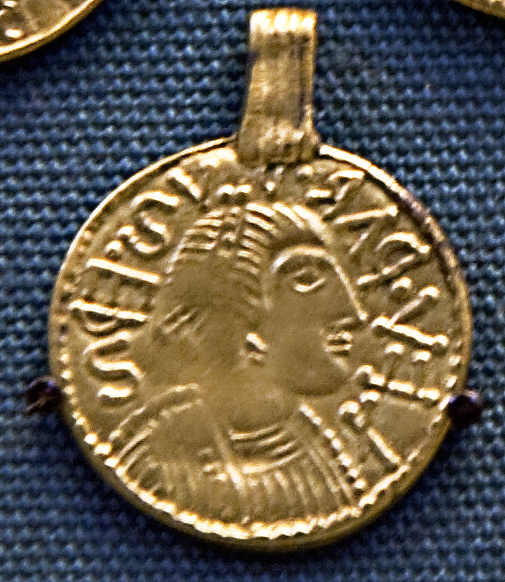Facts About Canterbury-St Martin's hoard
The Canterbury-St Martin's Hoard is a captivating collection of ancient coins and jewelry unearthed in the 19th century in Canterbury, Kent. Dating back to the 6th century, this treasure trove is now proudly exhibited at the World Museum Liverpool.
This cache comprises eight remarkable items, including gold coins and pendants. The hoard was first brought to public attention by Charles Roach Smith in 1844, who noted that the items were discovered in the churchyard of St Martin's Church in Canterbury. W. H. Rolfe acquired these items in two phases, with the initial three pieces being documented in 1844.
The collection features coins from various periods and regions, such as an Italian tremissis, the Liudhard medalet (the earliest Anglo-Saxon coin), and a Frankish tremissis. Experts have examined these items using X-ray and fluorescence technology, prompting discussions about whether they were found in separate graves. The hoard is particularly notable for its inclusion of late-6th- or early-7th-century gold jewelry, discovered in a churchyard grave.
While one coin from the hoard, the Oloron coin, is housed at the Bibliothèque Nationale in Paris, the remaining eight items are held at the World Museum Liverpool. These artifacts were initially acquired by Joseph Mayer from W. H. Rolfe and later donated to the City Museums of Liverpool, now part of the World Museum.

 Ireland
Ireland